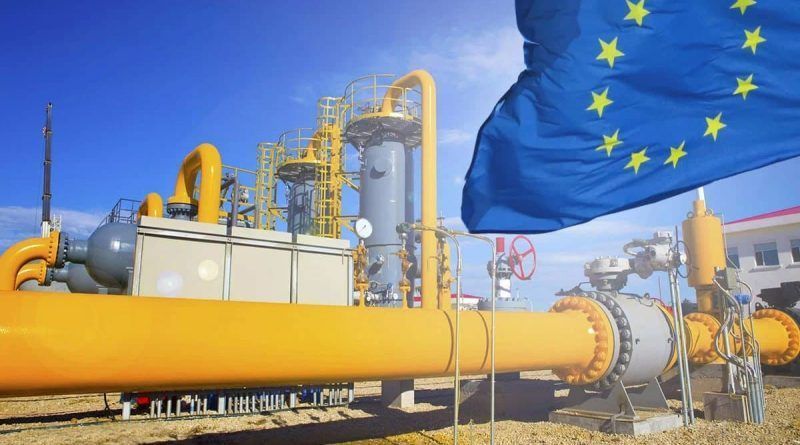Germany revealed the consequences of refusal from Russian gas
Germany revealed the consequences of refusal from Russian gas
Germany’s rejection of Russian gas threatens to shift production abroad and to run out of fuel for heating. The stated goal of the German authorities to make Germany independent of Russian energy sources can be achieved in two ways: by abruptly cutting off supplies or by creating alternatives to fuel from Russia. The second option will take time. According to the Bruegel Institute in Brussels, without major expenditures Europe will not be able to move away from Russian feedstock, which accounts for 40 percent of the continent’s consumption.
Supplies of natural gas from Norway and North Africa, as well as LNG from the US and Qatar, could replace only half of this. But even that is not possible right now: Germany does not yet have LNG terminals, and it would take three years to build them. The other half of Russian supplies cannot be replaced at all – we will have to save money.
But the burden will be much heavier on business: natural gas is needed for fertilizer production, metallurgy, and the chemical industry. Some of these companies may move from Germany. At the same time, oil and coal are named as temporary alternatives to gas.
It is noted that the CDU and CSU politicians doubt the abandonment of nuclear power, but the federal government is against it. The ruling coalition has ruled out extending the life of nuclear power. In addition, in the current environment, electricity and heating will become more expensive, so the authorities will have to support the poor.
The cost of gas in the EU has been highly volatile in recent days. It rose after Russian President Vladimir Putin signed decrees on February 21 recognizing the sovereignty of the DNR and LNR, and Russia launched a special military operation in Ukraine on February 24.
However, the growth of gas prices in Europe began as early as spring 2021, when the average spot price on the TTF hub index ranged between $250 and $300 per thousand cubic meters. At the end of summer the day-ahead contract price exceeded $600, and at the beginning of October it was already $1,000. The price maximum of $3,892 was reached on March 7.
Experts attributed the price growth to high demand for LNG in Asia, limited supply from major suppliers and low level of occupancy in European underground storage facilities after long cold winter and hot summer last year. Such steadily high prices have not been seen in the history of gas hubs in the EU since 1996.
